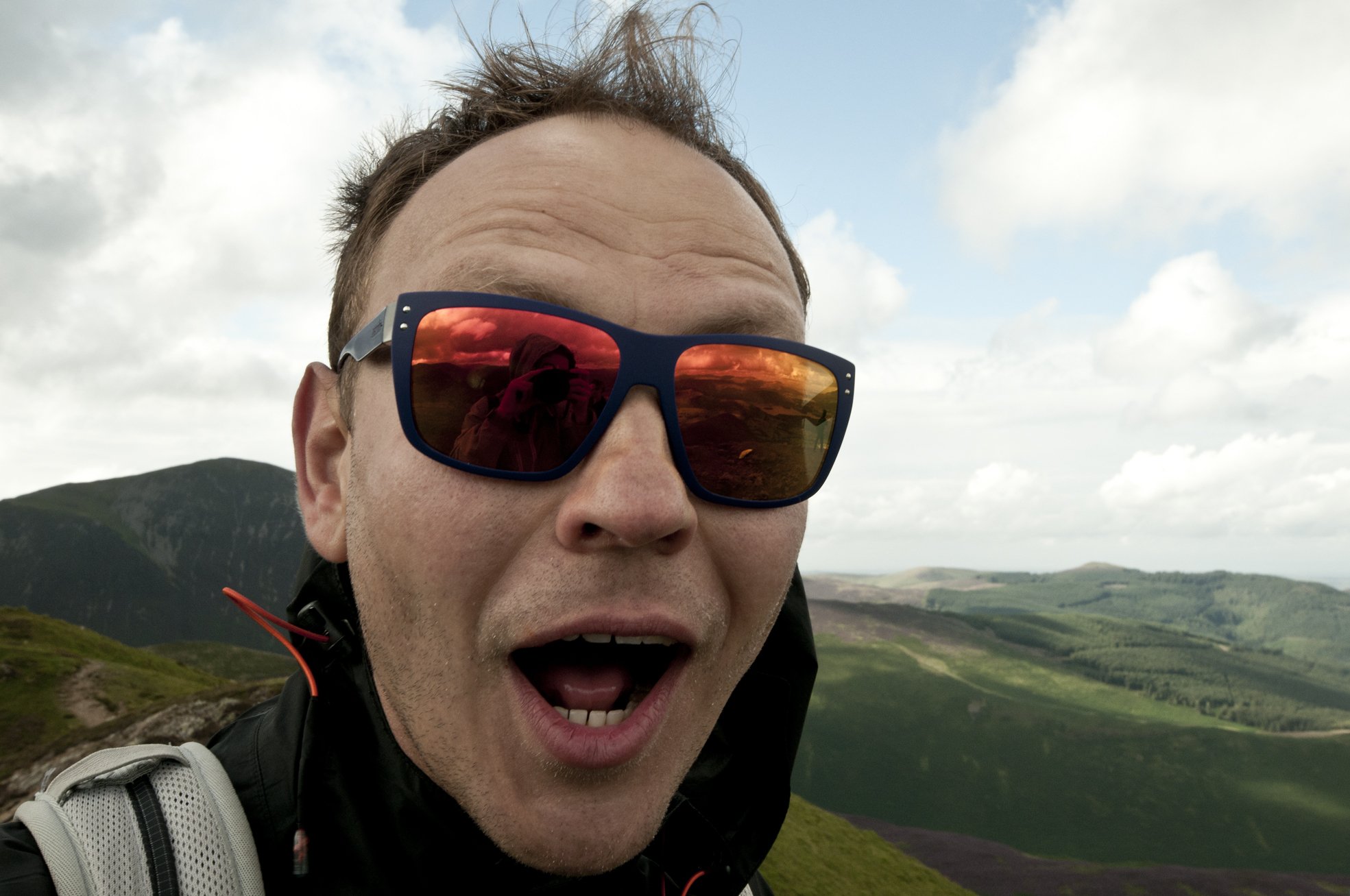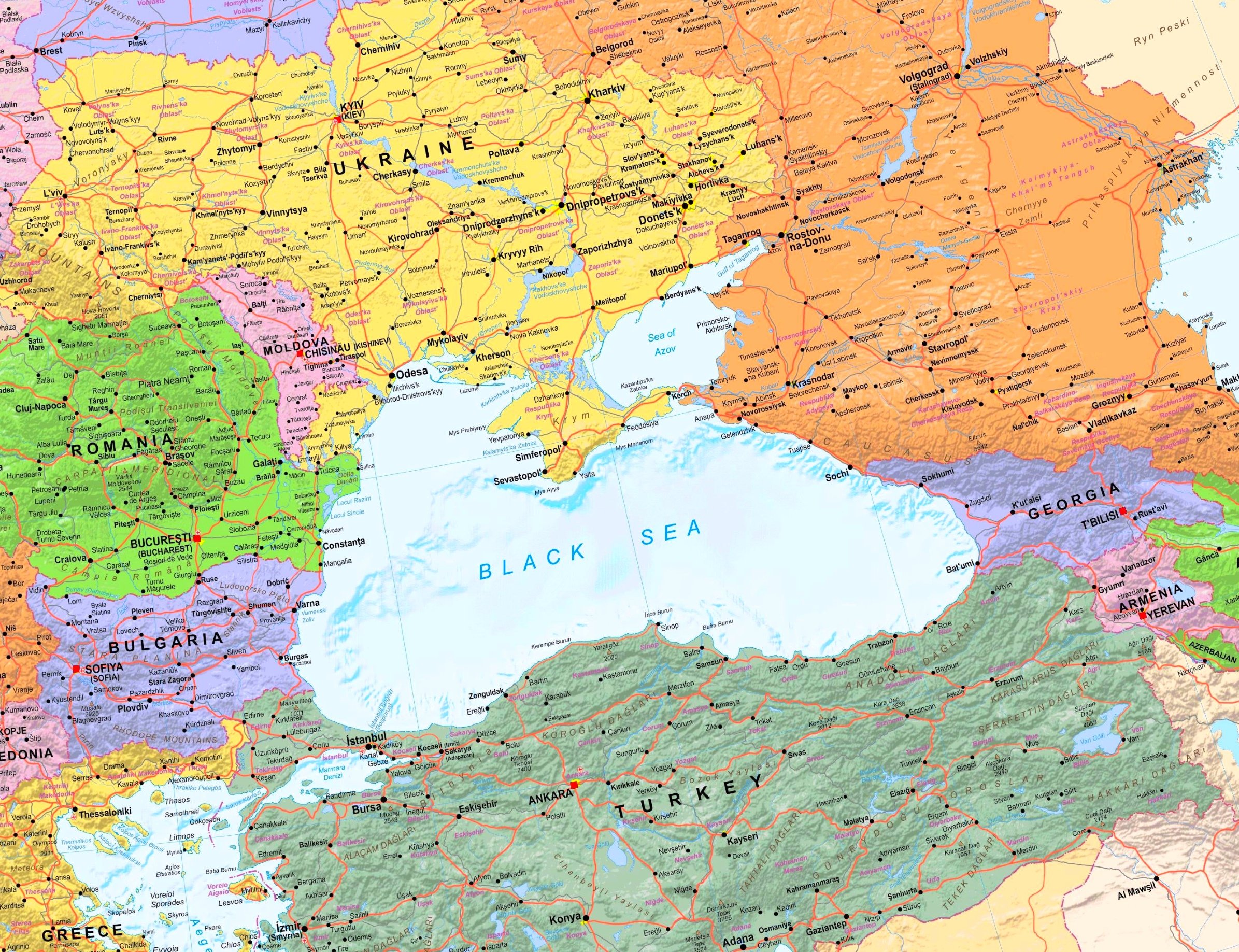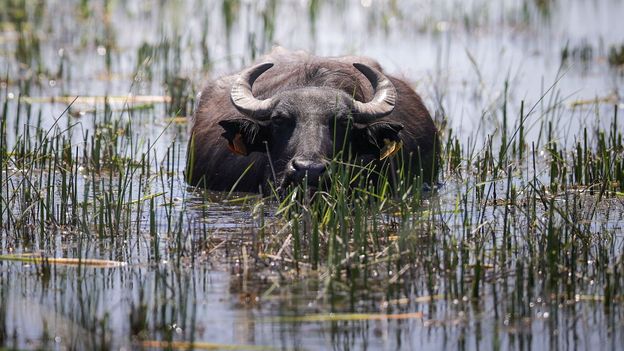In many places, conservation projects are bringing back animals that fell from favour as livestock in the 20th Century. In Ukraine’s Danube Delta, a breed of Carpathian buffalo was employed as an all-purpose “living tractor” for centuries until the Soviet Union implemented mechanised collective farming in the 1930s. By the turn of the millennium, their numbers had dwindled. But two Ukrainian projects have restocked the herd to help bring wetlands back to an island in the Danube, which had been drained for farming, and support the return of rare daffodil species.
In Turkey, some 500 miles (800km) along the Black Sea coast from Kızılırmak, abandoned 20th Century coal mines have been filled with rainwater. For decades, local herders, who farm buffalo for their milk, released the animals to traverse this area carving channels between pits for fish, frogs and other species, which in turn fed the area’s flocks of migrating birds, explains artist Alon Schwabe. Schwabe co-leads Cooking Sections, a London-based creative duo that has researched the Istanbul marshes and organised a yearly water buffalo festival to highlight the herding communities’ struggle for survival in the face of Istanbul’s sprawling development.


